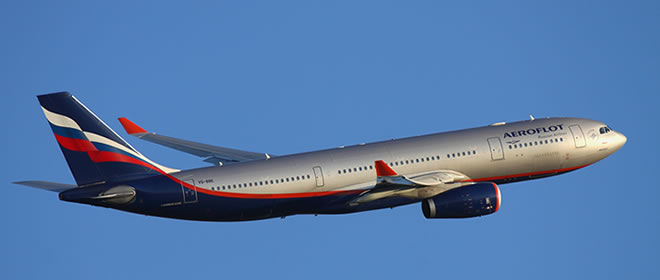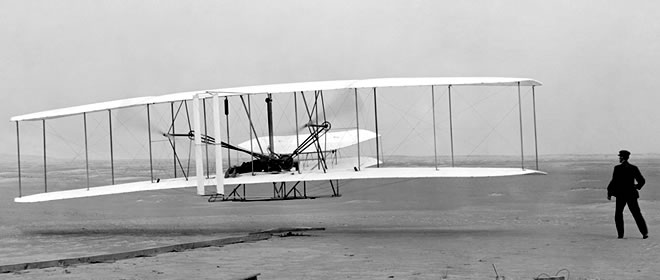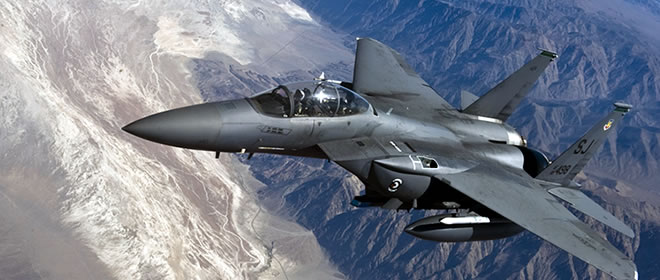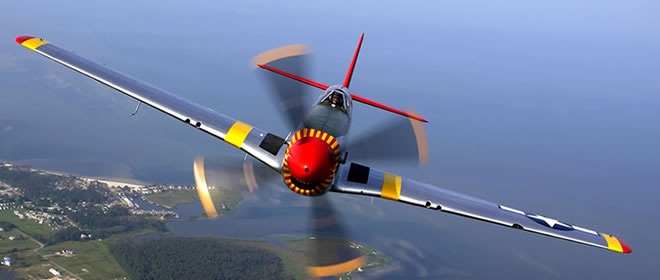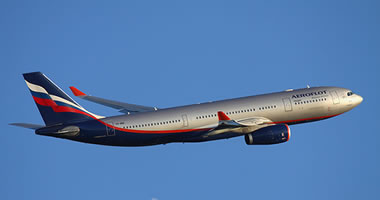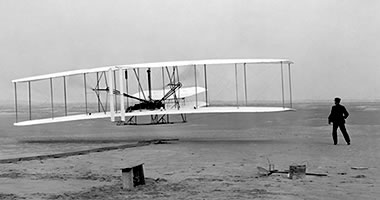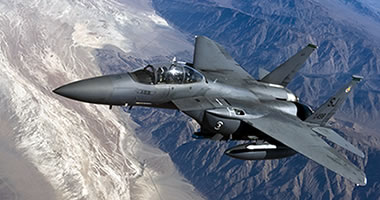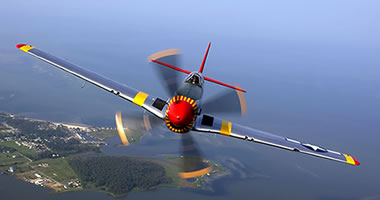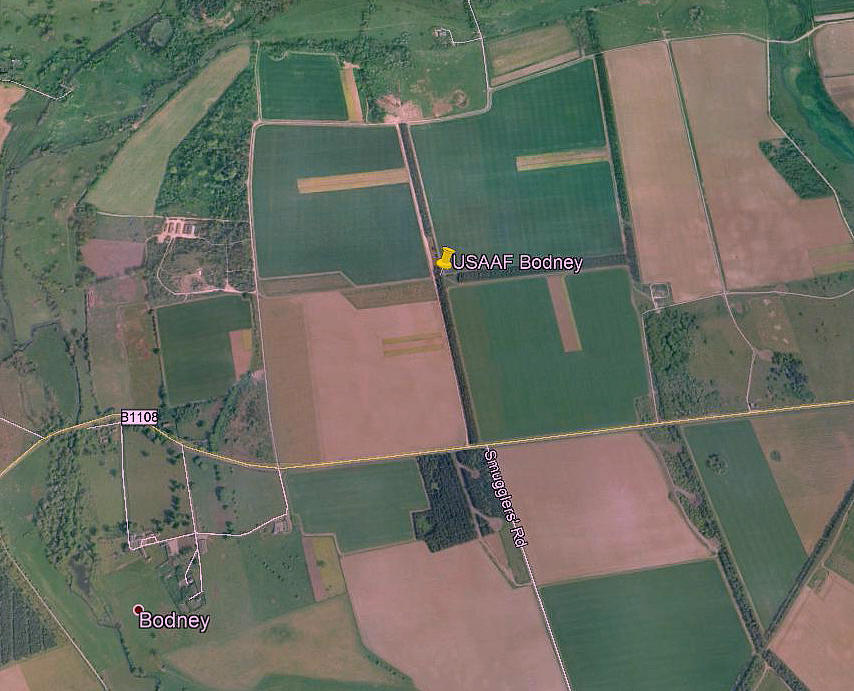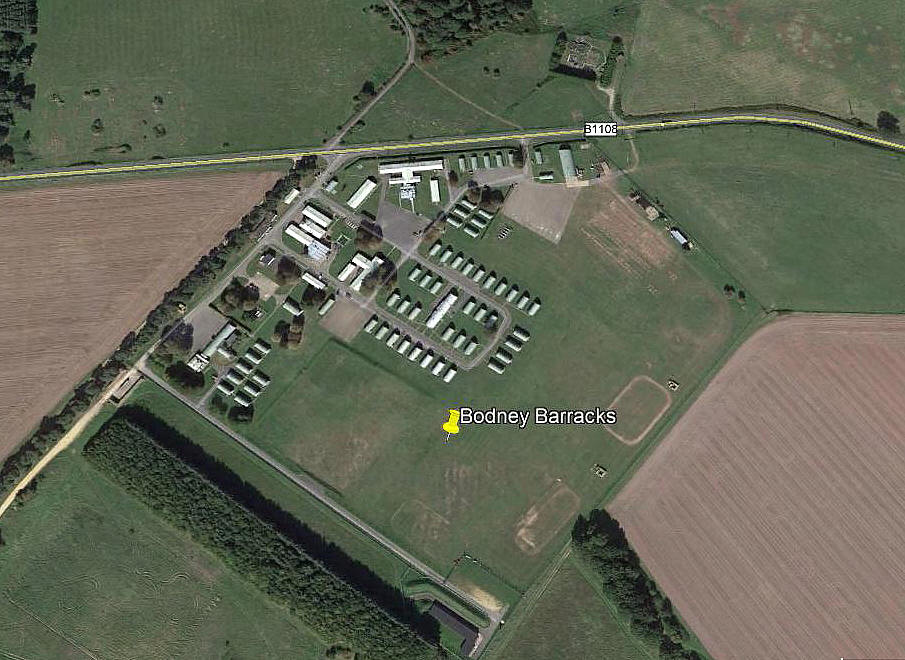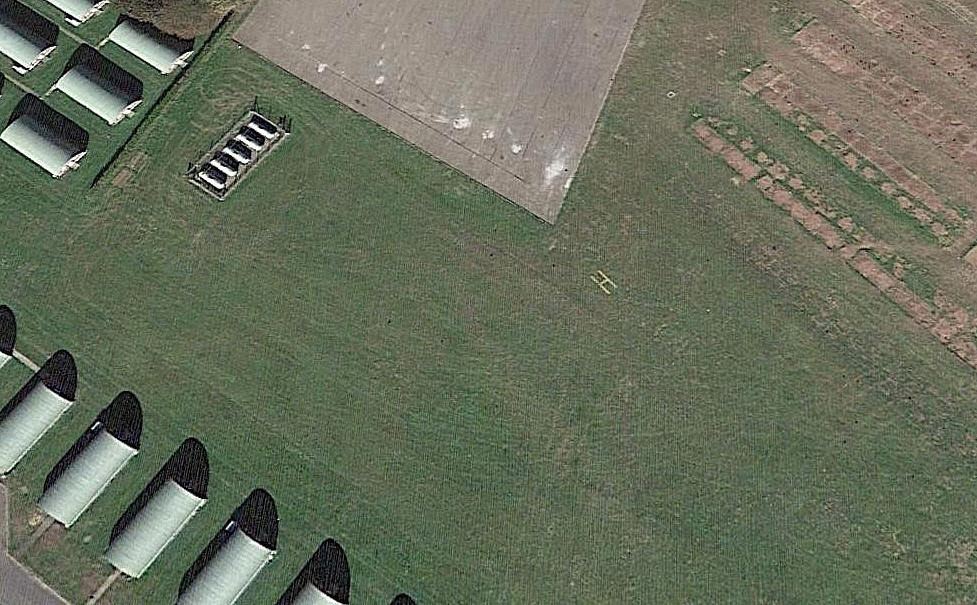Bodney flying sites
Note: This map is of the WW2 airfield.
See also: LANGFORD St ANDREWS
BODNEY: Originally a decoy ‘K’ site for WATTON, later military aerodrome. Satellite field for dispersed RAF 2 Group aircraft
Notes: Both of these pictures were obtained from Google Earth ©
It obviously helps to have a map of the WW2 airfield, which I have. The WW2 outline of the airfield can still be discerned even in 2018.
Military users: Bomber Command 2 Group
21 Sqdn (Bristol Blenheims, later Lockheed Venturas)
82, 105 & 114 Sqdns (Bristol Blenheims)
61 Sqdn (Handley Page Hampdens)
90 Sqdn, (Boeing B-17 Fortress 1)
17 (P)AFU [Pilots - Advanced Flying Unit] (Miles Masters)
8th USAAF 67th Fighter Wing 352nd Fighter Group
(Another apparently reliable source says the 352nd was also a Bomber Group)
328, 486 & 487 Sqdns (Republic P-47D Thunderbolts, P.51 Mustangs)
Location: 4nm W of Watton according to some official records apparently but I think I will disagree - at risk of being an 'anorak'. I reckon this aerodrome was N of the B1108, just NE of Bodney village and actually about 5nm WSW of Watton
Period of operation: 1940 to 1945
Runways: All-over grass airfield. NE/SW 914 NW/SE 822 E/W 822
NOTES: Although the landing area was grass it did eventually have 27 large & small asphalt hard standings for aircraft and in late 1944 the USAAF had, it seems, just 1709 personnel on station. Quite a low number compared to other USAAF bases. But of course, presumably the majority of the force had migrated to France following the D-Day landings.
SOMETHING TO THINK ABOUT?
I have become fascinated with the way the RAF has organised its affairs ever since its inception at the end of WW1. The basic structure of flying operations at least appears to be to inflict maximum disruption and hinder continuity to RAF squadrons and afford every advantage to any enemy forces. A novel approach to warfare? The ethos being the exact opposite to the Boy Scouts, “Be Unprepared!” The history of 21 Sqdn who were once based here seems to prove this point to some extent? In WW1 flying in 1915 Royal Aircraft Factory RE.5s and RE.7s. In 1916 Bristol Scouts, Royal Aircraft Factory BE.2c, BE.2e and BE.12 types plus Martinsyde G.100s. In 1917 RE.8s. A lot to absorb and to decide how to best employ so many types in combat conditions?
When reformed in 1935 they were equipped with Hawker Hinds and in 1938 Bristol Blenheim Mark Is, a year later with Mk.IVs. In 1942 they were re-equipped with Lockheed Ventura Mk.Is, then Mk IIs. In 1943 they converted to DH Mosquito VIs before being disbanded.
ANOTHER STORY
For this I have to thank, mostly, Max Hastings for his book Bomber Command. As WW2 developed in the early stages, then can be no doubt that the Fairey Battle and Bristol Blenheim squadrons were cynically sacrificed. To 'fly the flag', and show the Germans that Britain was fighting back. They didn't have a chance in hell of succeeding. The crews were young, highly motivated and very patriotic, but had no idea what the bigger picture was.
Perhaps the raid to Aalborg, by 82 Squadron, in northern Denmark is one of the best examples. It was known to be suicidal, would cause minimal damage, but ordered to go ahead! Twelve aircraft took off, one turning back over the North Sea, and none of remaining aircraft returned. As Max Hastings tells us; "The Aalborg operation was a disaster reflecting almost Crimean stupidity on the part of those at Bomber Command and Group who ordered it."
Max Hastings first wrote his book Bomber Command in 1979. Since then much more information has come to light, and without any doubt the bombing policy at the highest levels in the RAF and Air Ministry were contrived to inflict maximum damage to RAF bombers. And, this policy continued right through to the end. There can be no doubt about it.
LATER HISTORY
Reformed in 1953 the squadron operated English Electric Canberra B.2s until 1958 when they acquired the B.8 version. The very next year the squadron found itself flying Scottish Aviation Twin Pioneer CC.1s, and don’t forget, this was during a time when the ‘Cold War’ was really spooling up. In 1965 they were flying Dakotas! Then they upgraded in 1967 to Andover CC.2s before ending up from 1969 ferrying presumably ‘top brass’ people around in DH Devon C.2s and Percival Pembroke C.1s.
So, why did a squadron trained throughout the 1930s and WW2 to be eventually a top notch front line outfit, suddenly find itself relegated to transport duties? Who exactly were the people making such decisions? In any other profession it is common knowledge that from apprenticeship to being a master, a continuous line of progression exists, and indeed it is an essential element. So why did so many RAF top brass decide to so often go against this trend? Can anybody kindly explain?
BODNEY BARRACKS: RAF & Army Air Corps helipad
Note: All three of these pictures were obtained from Google Earth ©
Location: Across the road (B1108) and just SE of the WW2 airfield. Roughly Inm E of Bodney village
Period of operation: 1979 to ?
NOTES: Up to the mid 1980s this helipad had seen visits by Gazelle, Puma, Scout, Sioux and Wessex types. The helipad was very visible in 2006, and indeed still visible in 2018. If anybody can kindly give some idea of helicopter visits in recent years, this will be much appreciated.
We'd love to hear from you, so please scroll down to leave a comment!
Leave a comment ...
Copyright (c) UK Airfield Guide
